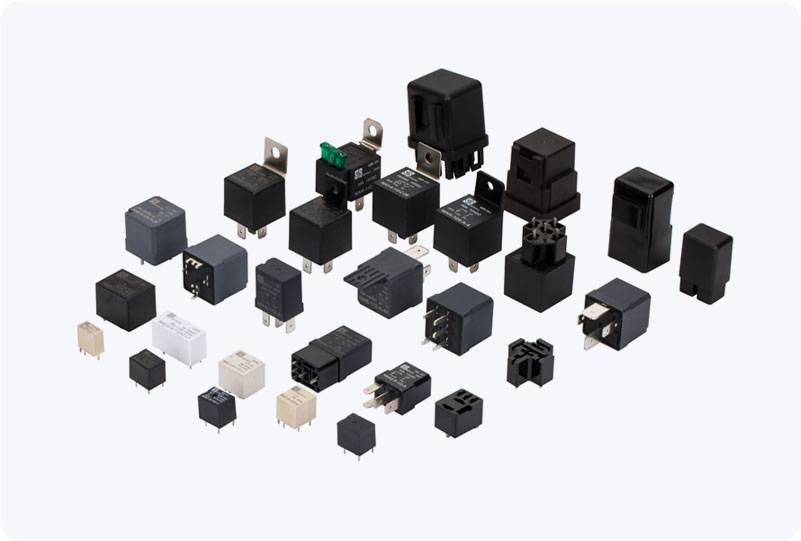understanding ev main contactor relay: its role and importance in electric vehicles
Release time:2025-08-07 09:02:48
The electric vehicle (EV) industry has been growing rapidly in recent years, with many automotive manufacturers and consumers turning to cleaner, more efficient alternatives to traditional gasoline-powered vehicles. One key component in ensuring the smooth operation of an EV is the Main Contactor Relay (MCR). This component plays a vital role in controlling the electrical flow between the battery and the electric motor, and understanding its function and importance can help in appreciating its contribution to the vehicle’s overall performance and safety.

What is an EV Main Contactor Relay?
An EV Main Contactor Relay is a high-voltage, high-current relay used in electric vehicles to connect and disconnect the battery pack from the rest of the powertrain. It operates as a switch, ensuring that the electrical current only flows when needed. The MCR is crucial in maintaining the vehicle’s energy flow, helping to regulate the charging and discharging processes of the battery, as well as preventing electrical faults that could lead to catastrophic damage.
The relay is controlled by the vehicle’s Battery Management System (BMS) or Electronic Control Unit (ECU), which monitors the battery's state of charge, temperature, and voltage. When the system determines it is safe for the battery to provide power to the electric motor or be charged, it sends a signal to close the contactor, allowing current to flow. Conversely, if any abnormalities are detected—such as overvoltage, undervoltage, or excessive temperature—the system will send a signal to open the contactor, disconnecting the battery to prevent damage or safety hazards.

